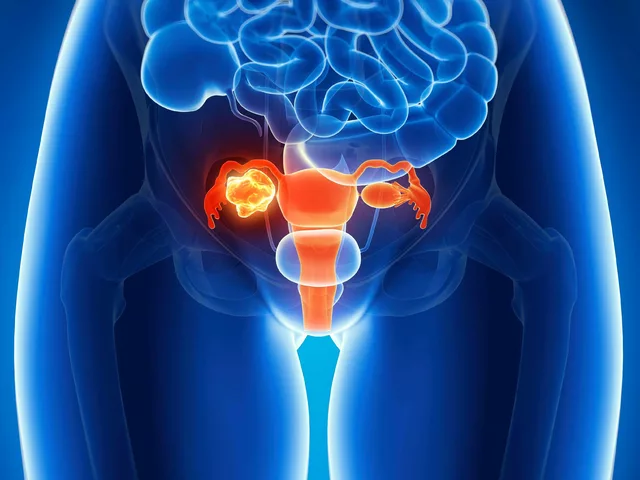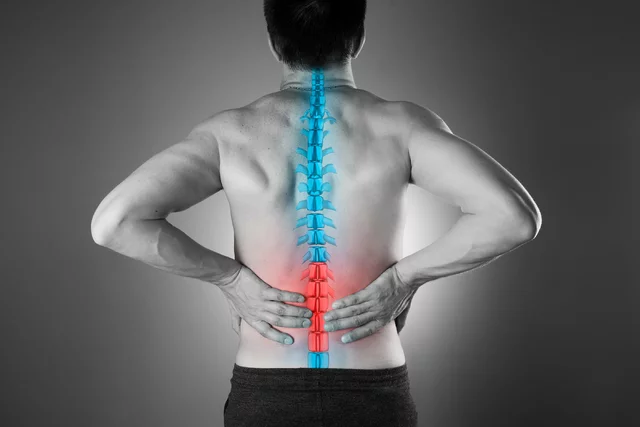Bone Health: Practical Steps to Keep Your Bones Strong
Think your bones will hold up forever? From about age 30 we start losing bone density unless we act. That slow loss is why breaks get more common as we age — but you can slow it, and even regain strength with the right mix of food, movement, and small daily habits.
Nutrition wins first. Aim for 1,000 mg of calcium a day if you’re an adult under 50, and about 1,200 mg if you’re a woman over 50 or a man over 70. Get most calcium from food: milk, yogurt, canned salmon with bones, tofu, leafy greens. For vitamin D, a common target is 600–800 IU daily, since vitamin D helps you absorb calcium. If you’re on acid-blocking medicine, calcium citrate absorbs better than carbonate. Protein also matters — aim for roughly 0.8 grams per kilogram of body weight or more if you’re very active — it supports bone repair and muscle that protects bones.
Move in ways that load your skeleton. Weight‑bearing exercises — walking briskly, hiking, dancing, jogging — force your bones to adapt and get stronger. Add resistance work two to three times a week: squats, lunges, deadlifts, rows or simple resistance‑band moves. Don’t skip balance and mobility: single‑leg stands, heel‑to‑toe walks, and ankle exercises cut fall risk, which prevents fractures.
Medications, testing, and when to see a doctor
Certain meds can soften bones over time (long-term corticosteroids, some anticonvulsants, and high-dose proton pump inhibitors). If you take those, ask your clinician about bone screening and preventive steps. Bone density testing (DEXA) is commonly recommended for women 65 and older and men 70 and older, or earlier if you have risk factors like low body weight, early menopause, or prior fractures.
Smart supplement habits and quick wins
Use supplements to fill gaps, not replace food. If you need a calcium pill, split the dose (500 mg or less at a time) to boost absorption. Take vitamin D with a meal that has fat. Avoid very high single doses of calcium or vitamin D without medical advice. Keep a simple routine: 30 minutes of brisk walking most days, two resistance sessions weekly, three servings of dairy or calcium-rich foods, and a vitamin D check every year or two.
Small changes add up. Quit smoking, cut heavy drinking, improve kitchen and home lighting to avoid trips, and wear sturdy shoes. If you’ve broken a bone after a minor fall, bring that up with your doctor — one fracture raises future risk and often triggers treatment that really works.
Want deeper reading? Our site covers related topics that can help your bone journey — a plain look at calcium carbonate in products, antioxidant supplements like superoxide dismutase that may affect aging tissues, plant‑based options and diet tips, and how chronic conditions like diabetes can change bone risk. Search the 'bone health' tag to find practical guides, medication reviews, and safe supplement advice tailored to everyday life. Start small and be consistent for the best results.

Fosamax for Osteoporosis: Benefits, Side Effects, and Patient Tips
Fosamax, also known as alendronate, is a popular medication for treating osteoporosis and bone loss. This article explains in plain language how Fosamax works, explores its proven benefits and side effects, and offers practical user tips. You'll learn what to expect when starting treatment, what real studies say, and how to manage risks for better bone health.
Categories
- Medications (50)
- Health and Medicine (47)
- Health and Wellness (34)
- Online Pharmacy Guides (15)
- Nutrition and Supplements (7)
- Parenting and Family (3)
- Environment and Conservation (2)
- healthcare (2)
- prescription savings (1)



